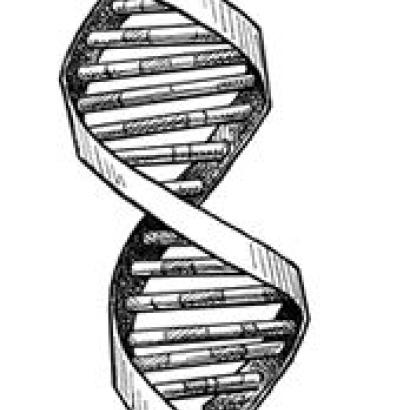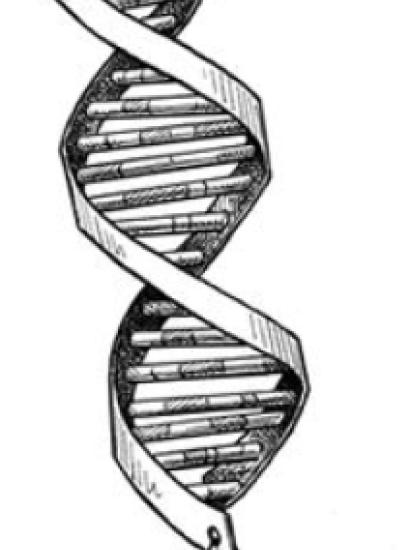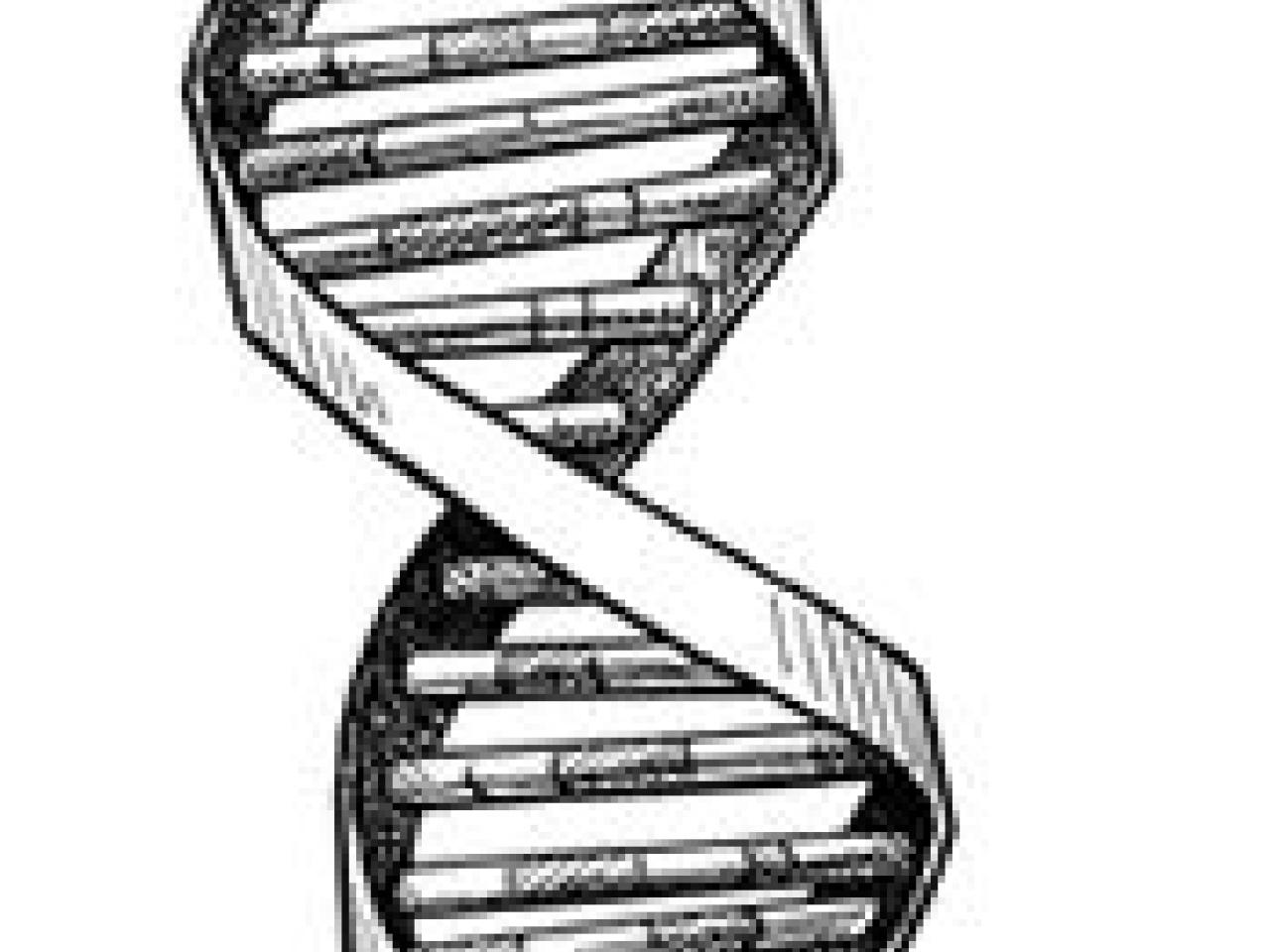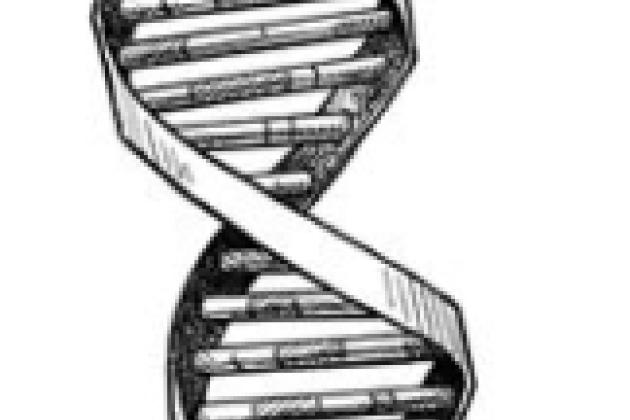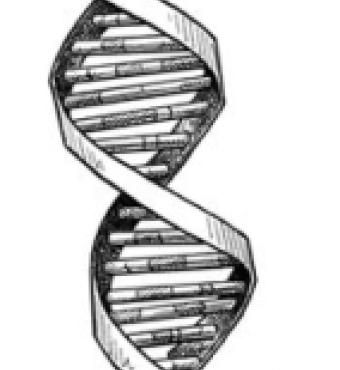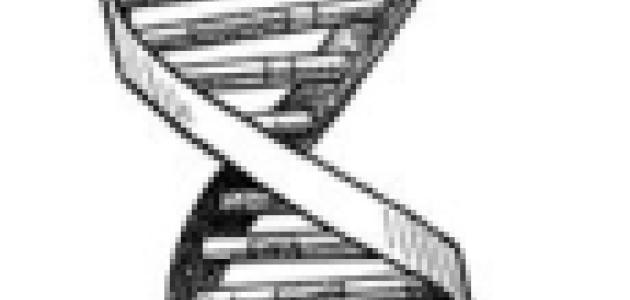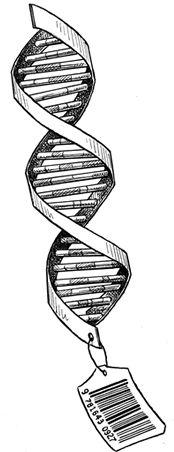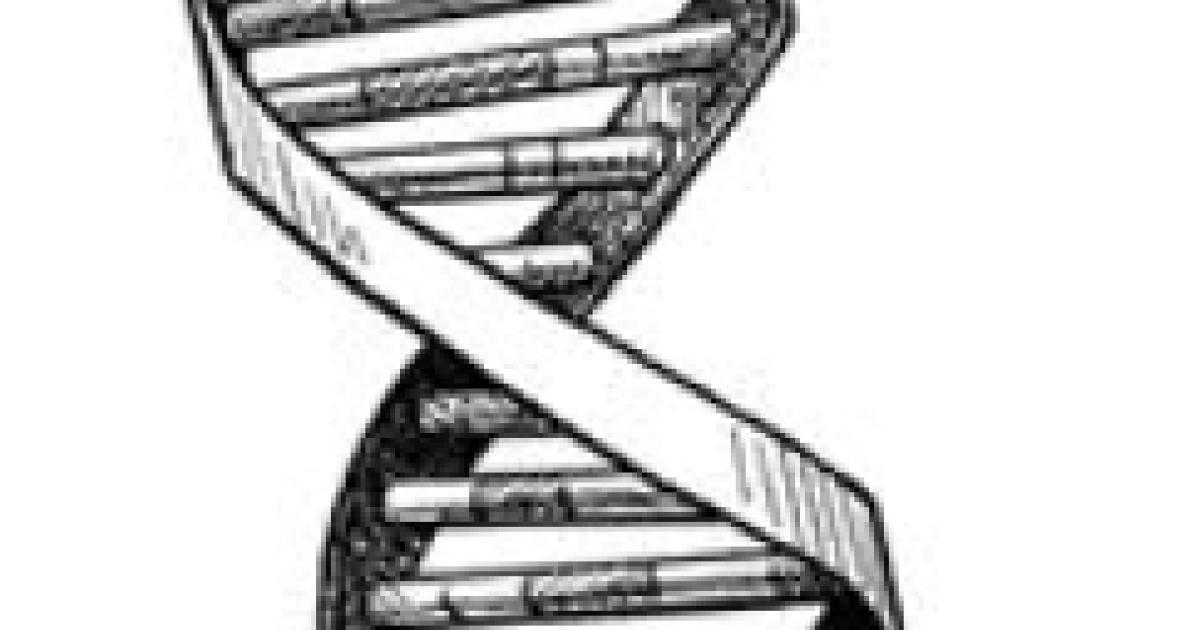- US Labor Market
- Science & Technology
- Energy & Environment
- Economics
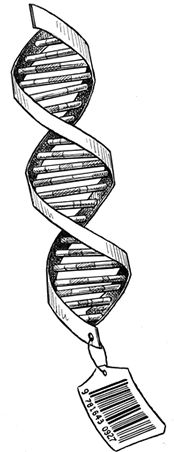
Ideas and Inventions
To see why ideas should remain in the public domain, ask what would happen if Pythagoras could patent his famous theorem about right triangles. Would scientific progress be advanced if he could, for any period of time, charge a fee to all researchers and businesspeople who used this theorem in their own work? Both academic research and ordinary business would screech to a halt if this and hundreds of other fundamental mathematical relationships could be appropriated by individuals. One pillar of modern patent law (like modern copyright law) is that the fundamental laws of mathematics and physics lie outside the scope of private property. Today’s complex breakthroughs depend on the work of countless earlier innovators. If each innovator were to charge for his or her intellectual contribution, no one could navigate a path through the ensuing patent thicket that would displace the current intellectual highway. The multiple blockades would dissipate the value of all ideas.
We take, moreover, the same attitude toward natural substances. No one could gainsay the enormous labor that it took Lavoisier to isolate oxygen or Madame Curie to isolate radium. They may own the small quantities so isolated, but they have no patent on the underlying element—no small deal for oxygen. Our beliefs in private property are functional, not fanatical.
Two-Tier Tests for Patents
How then do we decide what counts as a patentable invention? Our legal system has worked out a two-stage process. Stage one involves the mysterious concept of “patent eligibility.” Under our law, something is patent eligible only to the extent that it is a machine, a manufacture, a process, or a composition of matter. Unless the proposed subject matter falls into one of these categories, it cannot receive patent protection—period. So a new molecule fabricated in the laboratory may be patentable but not oxygen. A chemist may get a prize for discovering oxygen or even a patent on the process used for its isolation. But that’s the limit, no matter how much labor the chemist expended. By this test, all ideas, natural laws, and natural substances fall into the intellectual commons.
Once something is patent eligible, however, its application needs individualized examination (stage two). Here patent law becomes understandably schizophrenic. On the one hand, it knows that patent protection encourages innovation and therefore embraces the system of exclusive property rights. But on the other, it fears that too much patent protection will stifle competition and therefore is reluctant to dole out these rights too cheaply. How then to draw the line? In a word, the entire profession suffers from a collective neurosis between its love of private property and its distaste of legal monopoly. The law therefore searches for the right patent bargain. It will give protection in individual cases when it thinks that the social returns to innovation justify the creation of the private monopoly.
No single test achieves this ideal. To cut through this morass, the law introduces a set of sensible individuating conditions to isolate the subset of patent inventions. Initially, the patent must be for something new and novel, as there is no reason to protect inventions that have already made their way into the public domain. And that novel invention must have some real utility. The law will not allow people to patent huge families of compounds, particularly in the world of chemical substances, without any idea of what function they might eventually serve.
Most critically, the law imposes what the Europeans call the “inventive step” and the Americans the “nonobvious” requirement: Any invention that would be obvious to someone who is skilled in the relevant art doesn’t merit a patent. Why give anyone the exclusive right for 20 years to an invention that a dozen others could conjure up on a Sunday afternoon? But it is no easy matter to decide whether the nonobvious requirement requires a mere tinge of inspiration or a genuine stroke of genius, although the law inclines more to the tinge than to the stroke. But a concept this slippery is inevitably the object of extensive litigation, which can be forgiven only because no one has been able to come up with a better verbal formulation of the test for patentability.
Even here the legal schizophrenia does not end. In light of this unavoidable legacy, just how potent should a patent monopoly be? Long before Joseph Schumpeter wrote about “creative destruction” through competition, patent law had developed its own version of that principle. Those lucky enough to get patents may only hold them for limited terms—typically 20 years for what we call a utility patent—after which the invention falls into the public domain. But a patentee won’t get even that protection unless he or she discloses publicly how to make the patented invention, including its “best mode” of production. The patentee must teach others something of her or his own art so that others can take steps to undermine the value of the patent. If a second inventor comes up with a distinct patentable invention that competes with the first patent, that initial legal monopoly loses much of its economic clout. The patents that the law builds up with one hand, it tears down with the other. Yet the system works better in practice than it sounds in theory. I have no doubt that many major patents, especially of pharmaceuticals, would never have seen the light of day in the absence of patent protection.
On to the Genome
The analytic framework for patentability was largely developed in an earlier age with inventions that were visible to the human eye. How well does it apply in this modern high-tech age, especially to the mysterious field of genomic patents? Our initial reaction to this question probably follows that of former president Bill Clinton, who, without thinking through the consequences, seemed to opine while in office that genomic patents were inappropriate, sending biotech stocks through the floor. But this field does not lend itself to such broad political generalizations. To understand how it operates, we must work our way step by step through the complex rules on patentability that I just set out. Then we will see that the basic structure that has historically dominated patent law carries over quite well to genomic patents.
The initial objection to gene patenting goes something like this: “You mean, if they patent it, I don’t own my genes?” At that point a thousand dreadful images come to mind. Someone might therefore continue: “Does the patentability of genetic substances mean that I forfeit my right to reproduce because my genes belong to somebody else?” The question contains a germ of truth, but it misses some essential features of the analysis. Recall the principle that one cannot patent a substance, like oxygen, found in nature. That principle surely applies to genetic material as well. So rest assured that patenting of genes does not prevent us from engaging in ordinary human reproduction. Our genes will continue to code for proteins, which allows them to assemble life just as they did before Genentech was incorporated.
But then just what does it mean to talk about gene patenting? Genes code for proteins—the question is whether human ingenuity can develop an artificial process that leads to the creation of the identical protein structure. Now it turns out that there is at least one way in which this can be done. The system of genetic coding depends on the use of certain triplets, called codons. Genes in our DNA (deoxyribonucleic acid) are composed of combinations of four nucleotides (adenine, guanine, cytosine, and thymine—usually abbreviated A, G, C, and T). The two chains of DNA that form our inheritance are linked together by complements. A always binds to T, and G to C. The DNA then creates another complex molecule called ribonucleic acid (RNA), in which the thymine is replaced with uracil (U). Each codon in turn places the various amino acids in a foreordained sequence that allows for the assembly of specific proteins.
Here’s the catch. Because there are only 20 amino acids, the genetic code is “degenerate” in that it lacks a unique one-to-one correspondence with any DNA codon and a particular amino acid. Two or more codons code for the same amino acid. By dint of hard laboratory work, it is possible to create a new and distinct laboratory molecule called complementary DNA, or cDNA, by working back from the RNA. That cDNA molecule will have the same coding effect as the original DNA molecule, but it will have a different chemical composition.
This new molecule and the processes used to create it are both patent eligible, even if the molecule that is ultimately desired is found in nature. Thus one early and important decision (Amgen, Inc. v. Chugai Pharmaceutical Co., 1992) upheld the Amgen patent for erythropoietin (EPO), an important protein that stimulates the production of red blood cells. The case involved a spirited dispute between two companies, each of which claimed to have “purified and isolated” the DNA sequence that coded for EPO. Note that the EPO molecule in nature is not subject to the patent, so that if someone else could synthesize it by a different process, he or she could go into competition notwithstanding Amgen’s initial patent.
What is instructive about Amgen is that neither side (nor any third party) claimed that either the isolated molecule or the process for its isolation was outside the scope of the patent law. Rather, the dispute turned on the traditional issues that arise in all difficult patent disputes: Who had priority over the discovery of the cDNA molecule or process? Did the patent claim disclose its best mode of production? These issues go only to the question of which of two claimants should receive the patent, not whether the relevant molecule or process could be patented. In other cases, a contestant might argue that a particular patent should be denied because the new compound or process was obvious to one skilled in the state of the art. But none of these challenges goes to the grand question of whether it is permissible to have genomic patents.
After the dust settled, we find that here is one area in which the courts (in particular the federal circuit that specializes in patent cases) have done their job about right. They have carried over a sensible two-stage inquiry to settings where it matters most, and the enormous boom in the biotech industry rests in large part on the security of property rights that the patent system has created.
All too often we hear the cry that new technological innovations require new systems of property rights to handle them. It would be foolish to say that this claim is always false. But by the same token it is downright dangerous to treat it as a self-evident truth. The treatment of genetic patents offers a powerful counterexample—showing how traditional conceptions of property rights work well in novel settings. In light of this track record we should be suspicious of any clarion calls for the radical reform of patent law for genetic materials in particular or for pharmaceutical research in general. Incremental changes through litigation and interstitial legislation are part of the process of legal evolution and growth. What we need now are breakthroughs in medicine, not radical new legal regimes to accommodate them. With genetic patenting, our course should be steady as we go.








